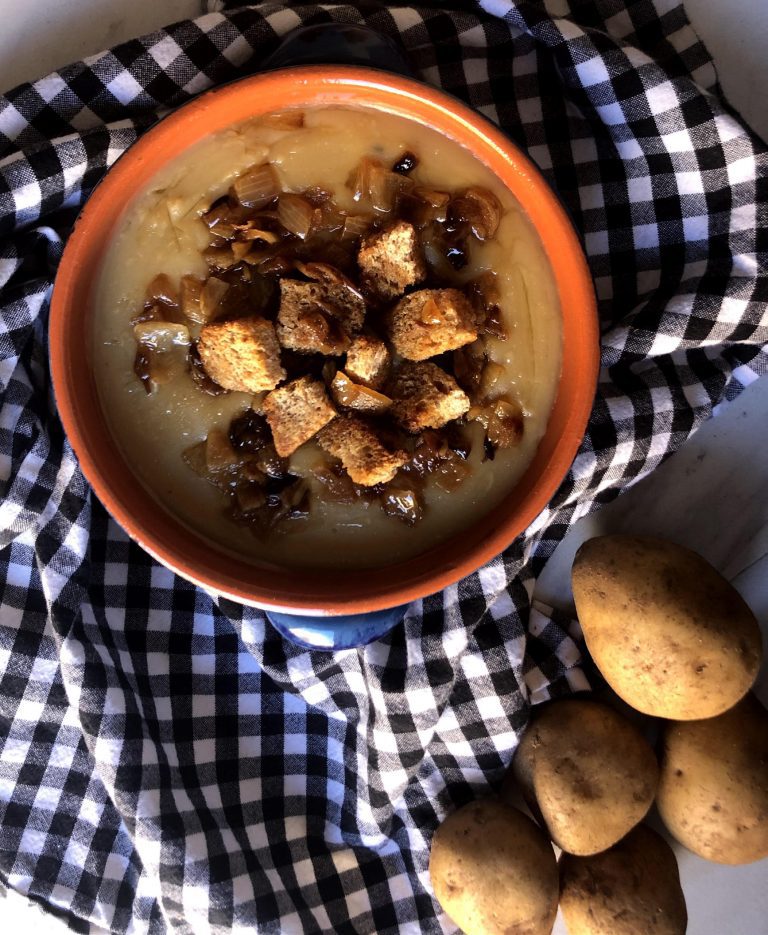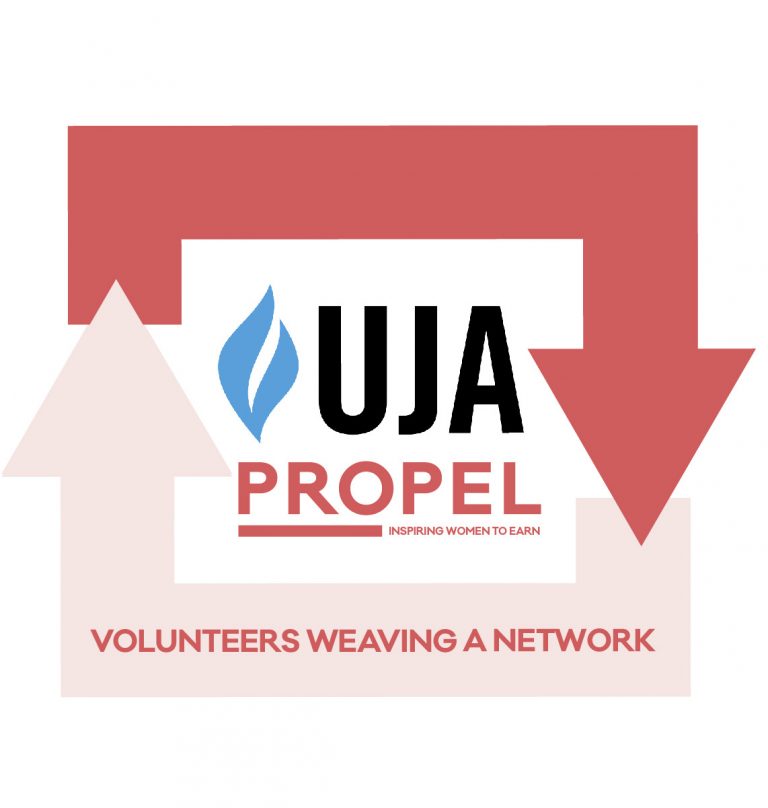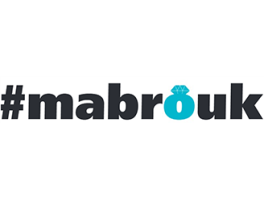Where was Gd at the time of Matan Torah, when He gave the Torah to our ancestors?
Of course, all know that He was on Mount Sinai, where Beneh Yisrael had assembled to receive the Torah, as we read this month in Parashat Yitro, which tells the story of the Revelation at Sinai.
This answer is correct, but not specific enough.
Where exactly was Gd? Did He reveal Himself from the heavens, or did He descend to the earth to address our ancestors?
Rashi observes a seeming contradiction between two verses regarding this point. On the one hand, the Torah says explicitly, “Gd descended upon Mount Sinai” (Shemot 19:20) – that He came down from the heavens to speak to Beneh Yisrael. Later, however, following the Revelation, Gd commanded Moshe to tell the people, “You saw that I spoke to you from the heavens” (20:18) – meaning, He remained in the heavens and spoke to the people from there.
To reconcile these two verses, Rashi presents a fascinating description of what happened the day: “He bent the upper and lower heavens and laid them out on top of the mountain like a sheet on a bed, and the Heavenly Throne descended upon them.” Gd, essentially, brought the heavens upon Mount Sinai. He was in the heavens and also on Mount Sinai – because He lowered the heavens and positioned them on the mountaintop.
Why did it have to be this way? Why couldn’t Gd either speak to our ancestors from the heaven, or come down from the heavens to speak to them?
Taking Residence on Earth
Rashi’s comments must be understood in light of a cryptic passage in the Midrash (Tanhuma, Parashat Naso and Parashat Pekudeh).
The Midrash relates that when Gd created the universe, “He desired to have a residence in the lower world.” His aspiration, so-to-speak, was not to remain in the heavens and govern the earth from there, but rather to reside here in our world. He took residence with Adam and Havah in Gan Eden, but when they sinned, He was forced to leave this world. With each subsequent sin committed by mankind, Gd distanced Himself further from the earth.
It was our patriarch Avraham, the Midrash continues, who began reversing the process. His piety brought Gd one step back towards the world, and finally, at Mount Sinai, the process was complete. At the time of Matan Torah, Gd again took residence here in our world, just as He had done at the time of creation.
This, then, is the meaning of Rashi’s depiction of the heavens being moved onto Mount Sinai. After living for many centuries away from the earth, Gd had now returned. The image depicted by Rashi signifies Gd’s “packing His bags” and moving back to earth, now that Beneh Yisrael had received the Torah.
Needless to say, all this requires clarification. Gd does not actually “live” anywhere. He obviously has no “bags” to pack. His “Throne” does not need to rest in any particular location. What does the Midrash mean that Gd desires to live here in this world?
Rav Yosef’s Steak
To introduce this answer, let us briefly look at a famous story told in the Gemara (Pesahim 68b) about the holiday which celebrates the event of Matan Torah – Shavuot. The Gemara relates that one of the sages, Rav Yosef, instructed his servant to prepare for him an especially choice slab of meat in honor of this occasion. The celebration of the event of Matan Torah warranted enjoying a particularly robust and tasty piece of steak.
“If it weren’t for this day,” Rav Yosef explained, “there are several Yosefs out in the marketplace.”
In other words, Shavuot is what made Rav Yosef different from other Yosefs. It is because we were given the Torah that he became “Rav Yosef,” that he had the opportunity to study Gd’s wisdom and become a righteous scholar.
We must wonder, why a steak?!
It is perfectly understandable why Rav Yosef regarded Shavuot as an especially significant day. But of all the ways to express his appreciation for Matan Torah, why did he choose a large, scrumptious meat meal? Why did he not celebrate by adding extra time for learning? By delivering a special Torah class? Or by arriving at a novel Torah insight? Why a steak?!
The answer arises from a closer reading of the words, “If it weren’t for this day, there are several Yosefs in the marketplace.”
Rav Yosef was saying that because of the Torah, his conduct in the marketplace differed drastically from that of other people. The Torah shows us how to elevate “the marketplace,” even the ordinary, mundane areas of life. The goal of the Torah is not for us to escape from “the marketplace,” from mundane activities, but for us to infuse them with sanctity and meaning.
Torah governs every single aspect of lives – business, to recreation, marriage, parenting, tending to our homes, addressing our physical needs, eating, socializing, and everything else. By committing ourselves to Torah, everything we do becomes infused with meaning. We encounter Gd everywhere we go and in everything we do. Even in the “marketplace,” as we go about our ordinary affairs, we are serving our Creator, we are experiencing sanctity, because we go about our affairs according to the special standards which the Torah demands.
Heaven on Earth
Judaism differs in this regard from other religions, which believe in a complete separation between the sacred and mundane realms. They regard ordinary, physical activities such as eating, drinking, sleeping, material pursuits, and marital life as inherently irredeemable, and things which should be avoided as much as possible, or at least minimized. This is not the Torah’s way. Of course, the Torah demands reasonable moderation and proper prioritization. Many rabbis – myself included – frequently warn against excessive preoccupation with physical indulgence and the pursuit of wealth. But none of us call for withdrawing from physical enjoyment, or encourage poverty as an ideal way of life. The Torah urges us not to avoid mundane activities, but rather to enhance them, to elevate them, to inject them with meaning by engaging in them according to its principles.
This explains the descriptions of Matan Torah presented above.
Gd did not speak to us from the heavens, because this would suggest that Torah life requires us to be heavenly, to transcend our earthly limits and resemble angels. Gd could not leave the heavens, because this would suggest that there is no need to strive for something beyond the earthly domain, to reach for a heavenly, spiritual existence. And so instead, Gd brought the heavens to earth – because this is exactly what the Torah does. It invites us to experience the heavens here in our world, while going about our ordinary, mundane affairs. Matan Torah was precisely about bringing the heavens down into our world, showing us how to live heavenly, spiritually charged lives even while living as normal human beings.
Misguided Compartmentalization
This perspective on Matan Torah serves as a warning against compartmentalizing our lives, assigning certain times of day, of the week or of the year, for religion, and leaving religion out of it the rest of the time.
Some Jews decide they will be “religious” only during the High Holidays. Or on all the holidays. Some, every Shabbat. Others are “religious” each day in the synagogue, but then check religion at the door and do what they want at home and at work. And then there are those who adhere to the Torah during the year but not in the summer months, or when they are in the city but not while traveling.
This is not just inconsistent, but reflective of a fundamentally misguided understanding of what our religion is all about. It is not about taking periodic breaks for spirituality and then getting back to “normal” life. Rather, it is about bringing heaven to earth, about living a holy, Gdly life even as physical beings engaged in physical activities. It is about enjoying the pleasures and delights of our world – but within certain boundaries and according to certain guidelines.
Holiness is not something which is experienced only in the synagogue or the study hall; or only on Shabbat or holidays; or only by rabbis and great Torah scholars. It is something which each and every one of us is to experience, 24/7, around the clock, no matter what we are involved in. Whether we’re home, in the office, on vacation, at the doctor’s office, in a department store, with our car in the mechanic – we can and must make it a “heavenly” experience by conducting ourselves according to Torah values and Torah law.
I am proud to say that we in our community are blessed with so many outstanding living examples of this concept. I never cease to be amazed or inspired by the innumerable professionals and businessmen in the community who infuse their lives with kedushah. Whether it’s Torah study during the commute; finding ways to make time for prayer with a minyan amid a hectic work schedule; sacrificing profitable opportunities for the sake of Shabbat and Yom Tov; or unwavering compliance with the Torah’s strict code of honesty and ethics – we have so many members who show how to turn the office into a sanctuary, into a place of holiness. This is precisely what Torah life is all about – taking the sanctity of synagogue and yeshiva and injecting it into everything one does.
Let us all follow this model, so we transform our entire lives into an unending experience of kedushah, and bring Gd into every step we take each and every day.














